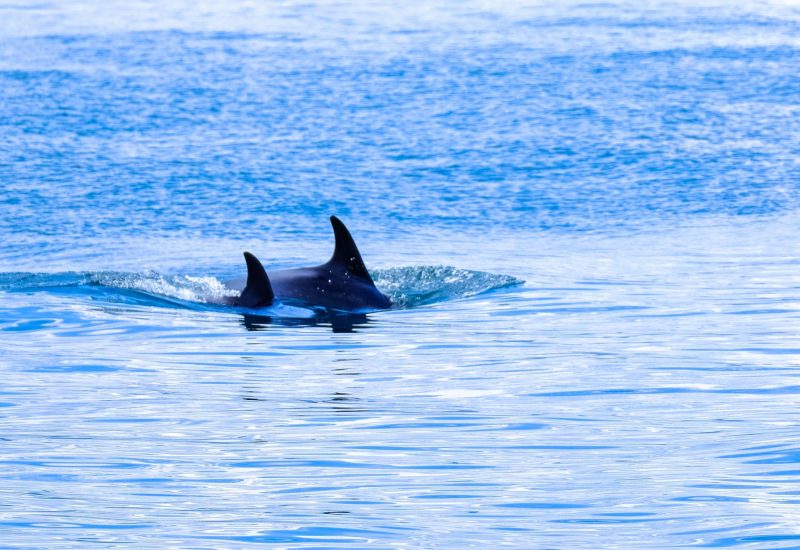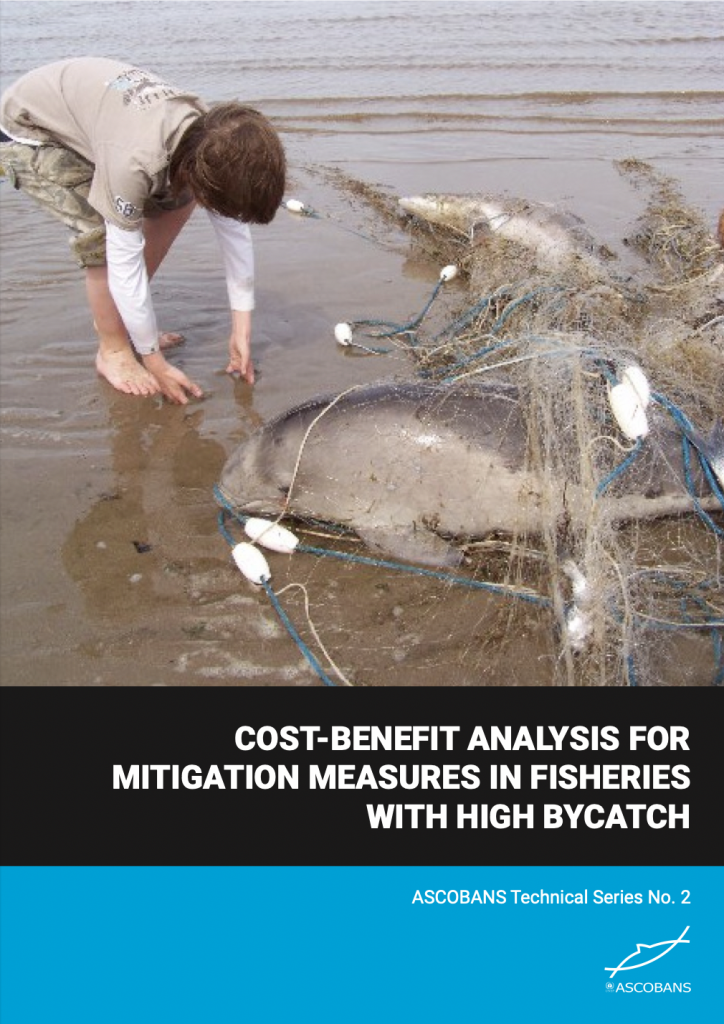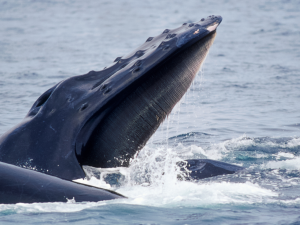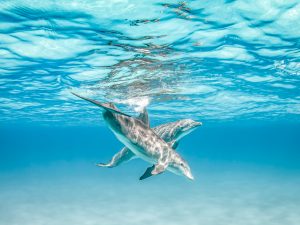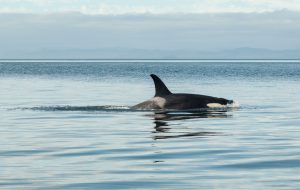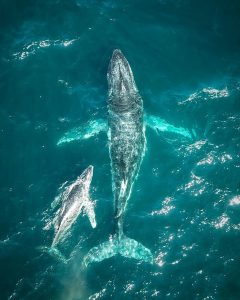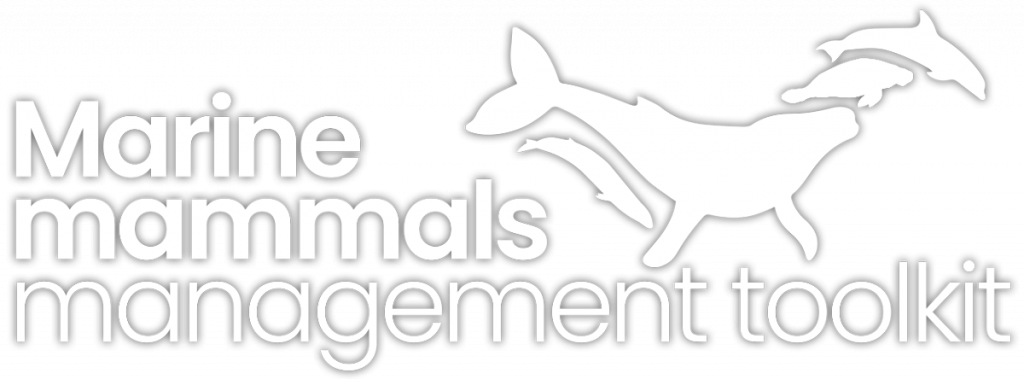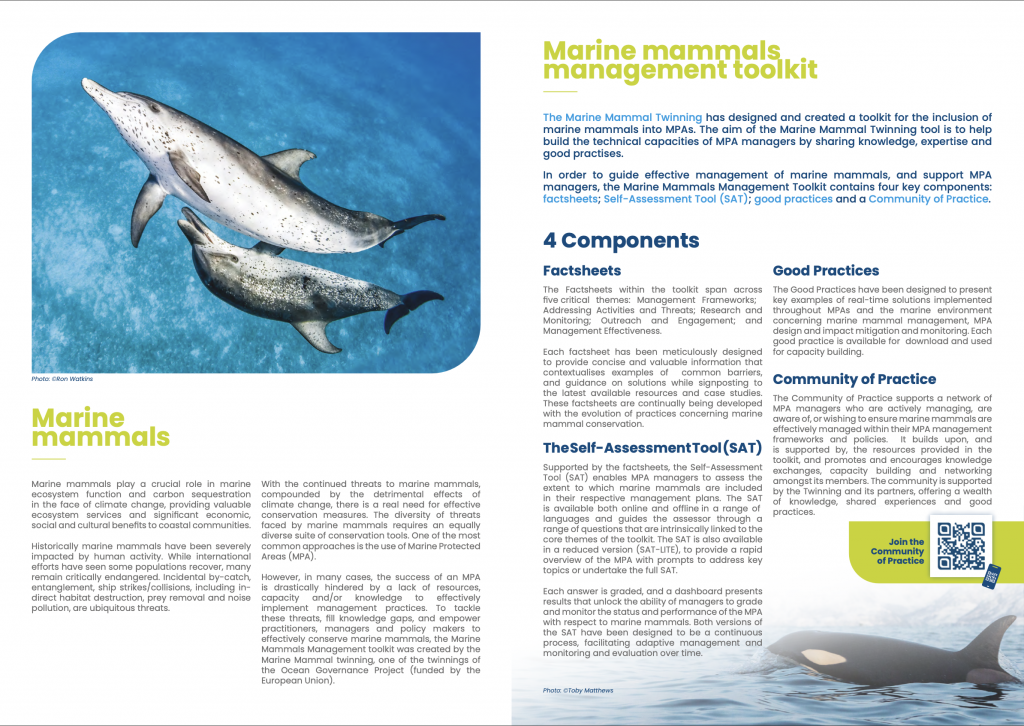The Agreement on the Conservation of Small Cetaceans of the Baltic, North East Atlantic, Irish and North Seas, (ASCOBANS), released a new report detailing a cost-benefit analysis for mitigation measures in fisheries with high bycatch.
Bycatch is a major threat to cetacean conservation and welfare in European waters. The common dolphin (Delphinus delphis) and the harbour porpoise (Phocoena phocoena) are often reported to be bycaught in static nets in the ASCOBANS Agreement Area, although all small cetaceans are affected. Fishing gear that results in the highest levels of bycatch are static nets (i.e., gillnets and entangling nets) and trawl nets. Bycatch not only negatively impacts the conservation status of cetacean species, but also damages the nets, causing financial losses, and is time-consuming and dangerous to fishers.
The ASCOBANS report, authored by Fiona L. Read, reviews the implementation cost and pros and cons of different bycatch mitigation measures and alternative fishing methods.
The report first provides a review of different mitigation measures (acoustic deterrent devices, porpoise alerting devices, reflective nets, acrylic echo enhancers, lights and various technical modifications and changes to fishing practices) that have been trialled in the ASCOBANS region. The cost of implementation and pros and cons of each method are discussed in detail in the relevant sections. Sequentially, the author reviews alternative fishing methods to replace static nets (i.e. gillnets and entangling nets); the gear with the greatest cause of bycatch.
Successful mitigation measures and the implementation of alternative gears can only be achieved with collaboration between fishers, government, and scientific institutions. For fisheries to be sustainable, economically profitable, and viable, countries will need to implement mitigation measures in all gears with high levels of cetacean bycatch.

